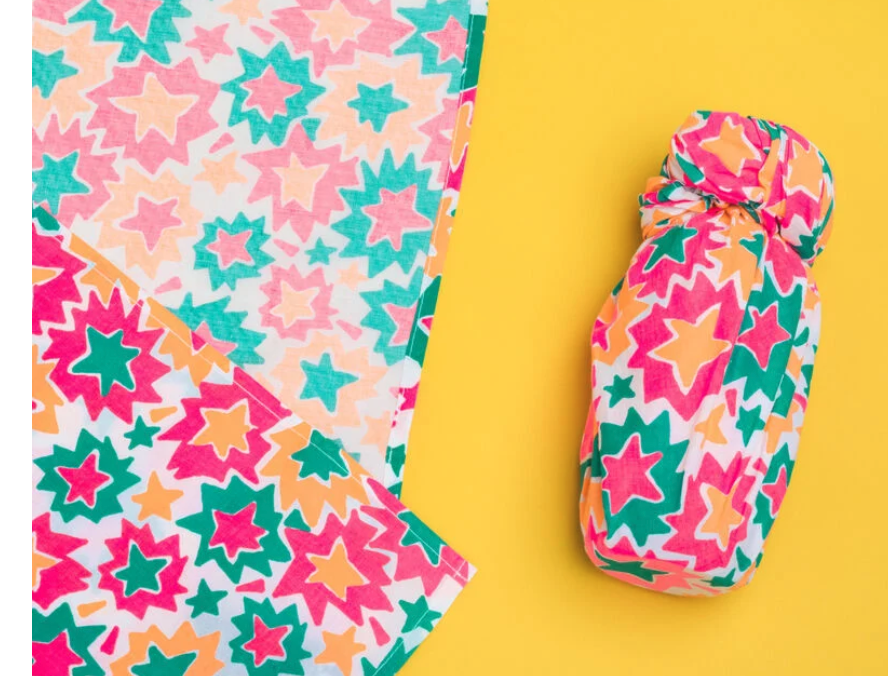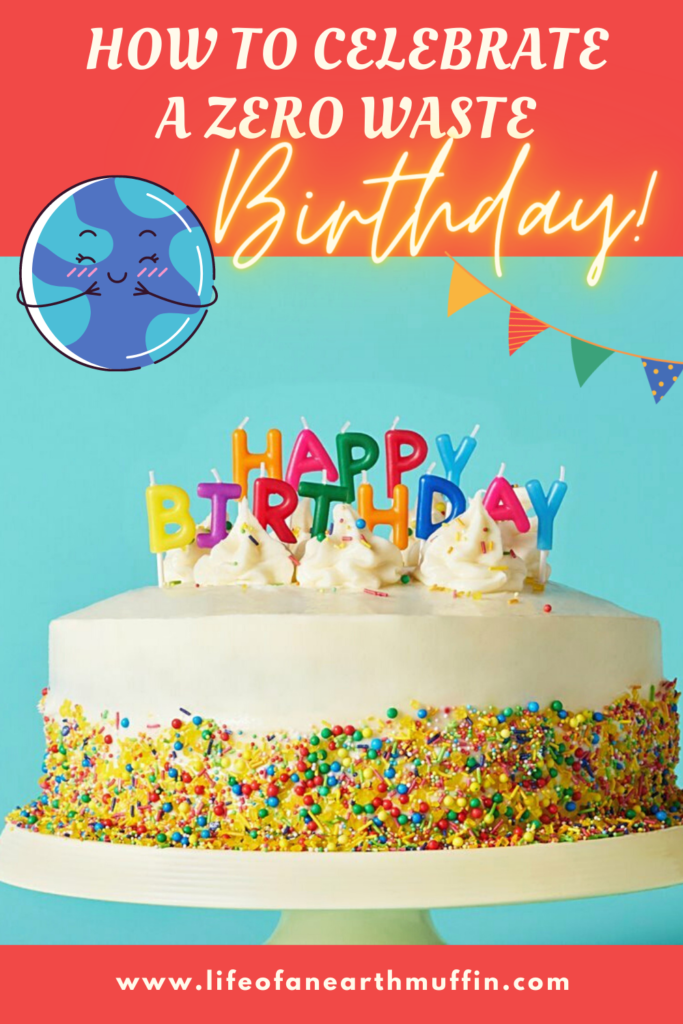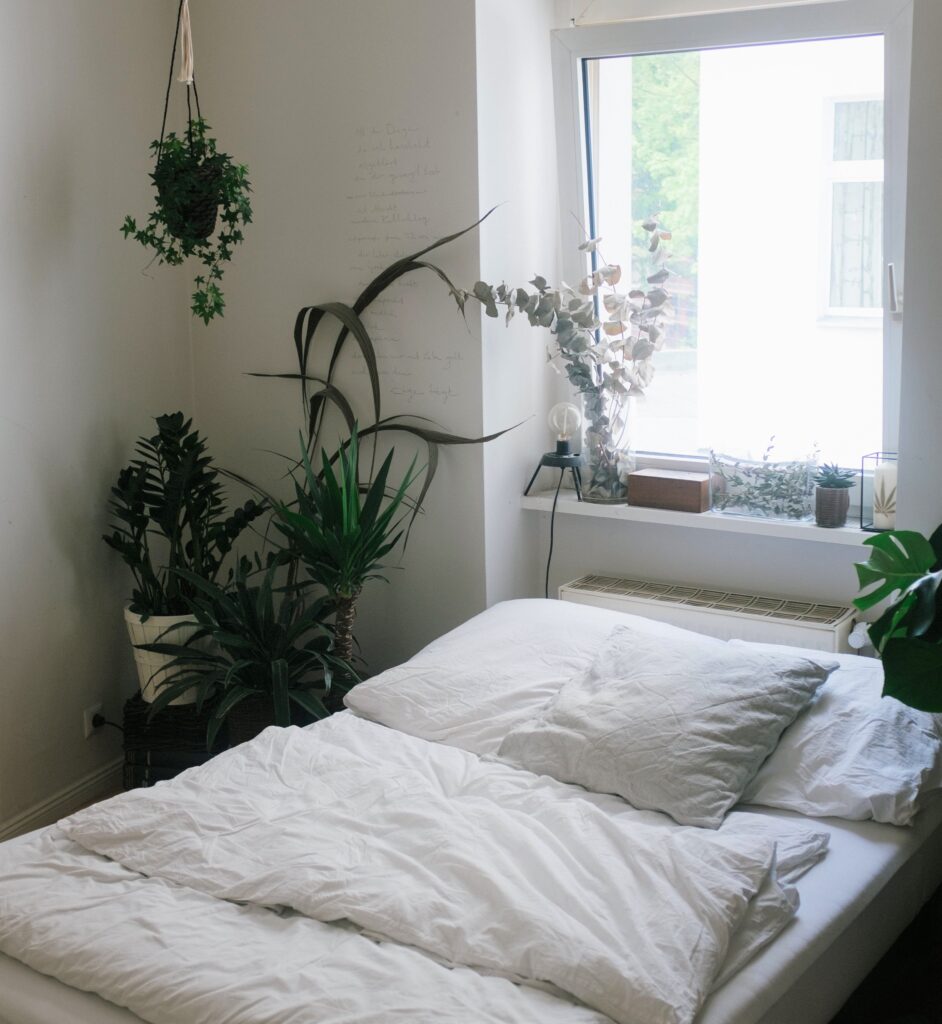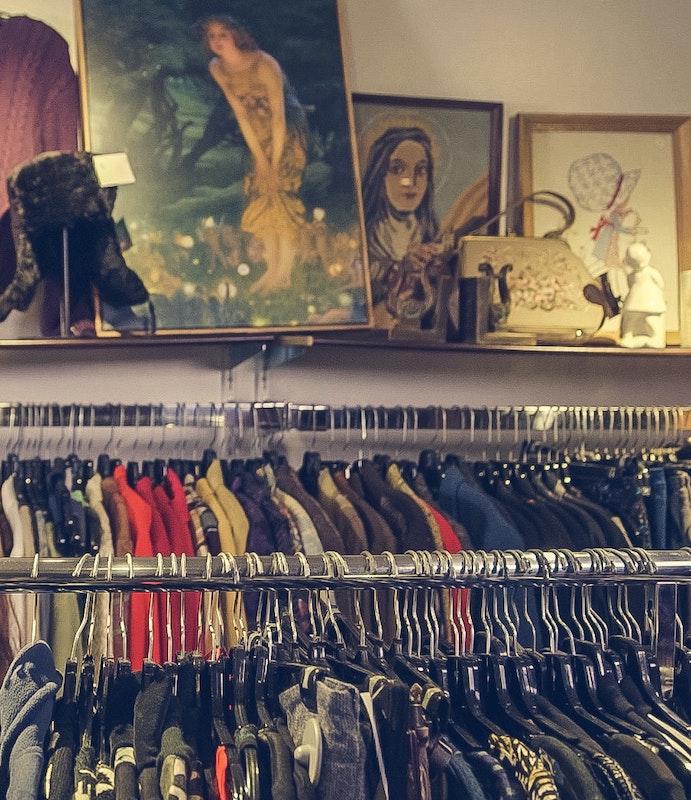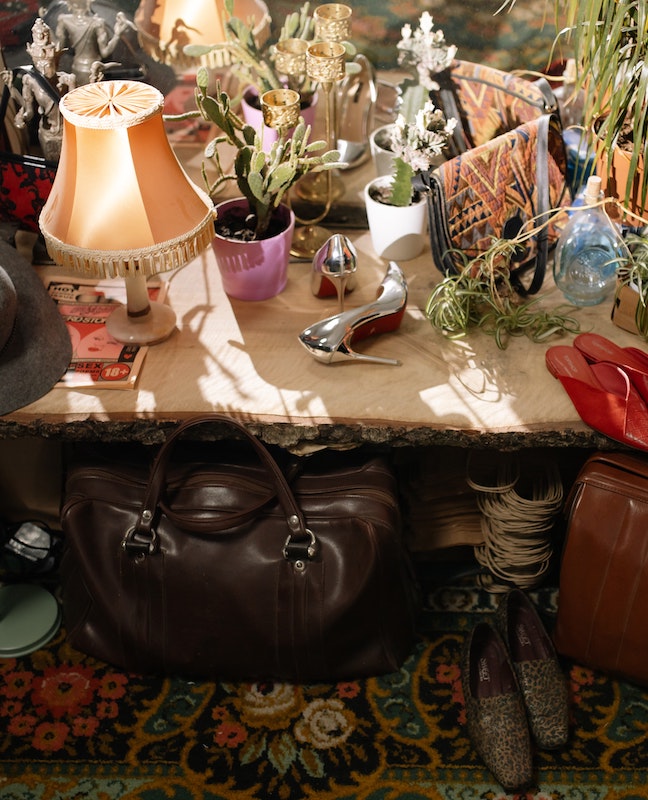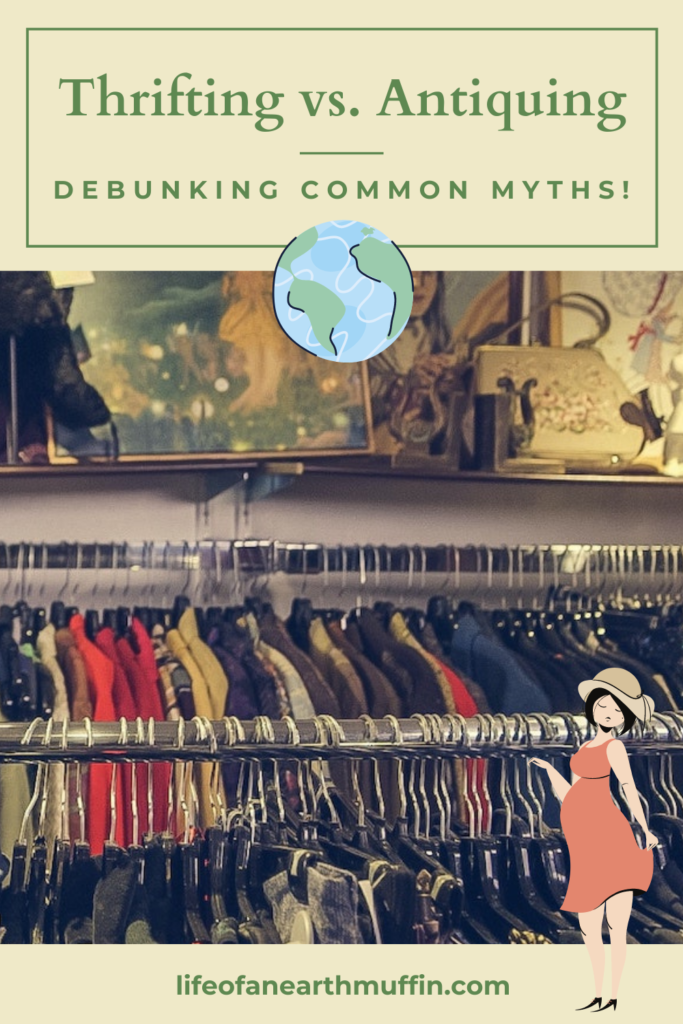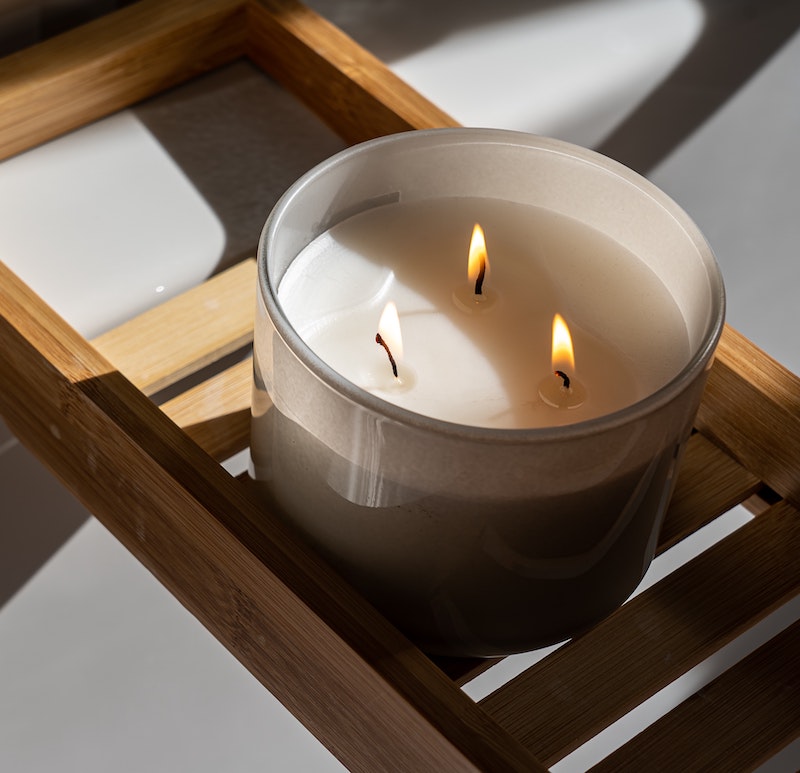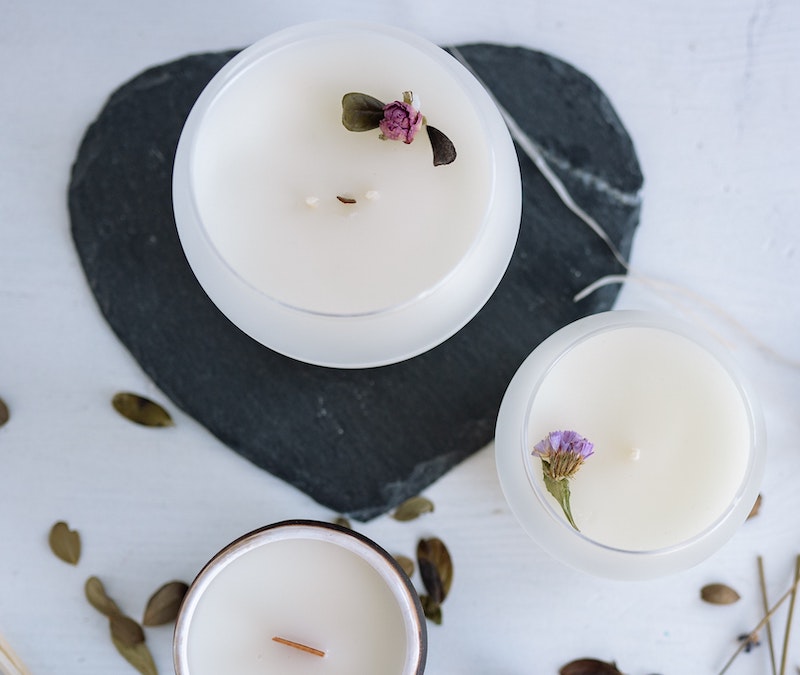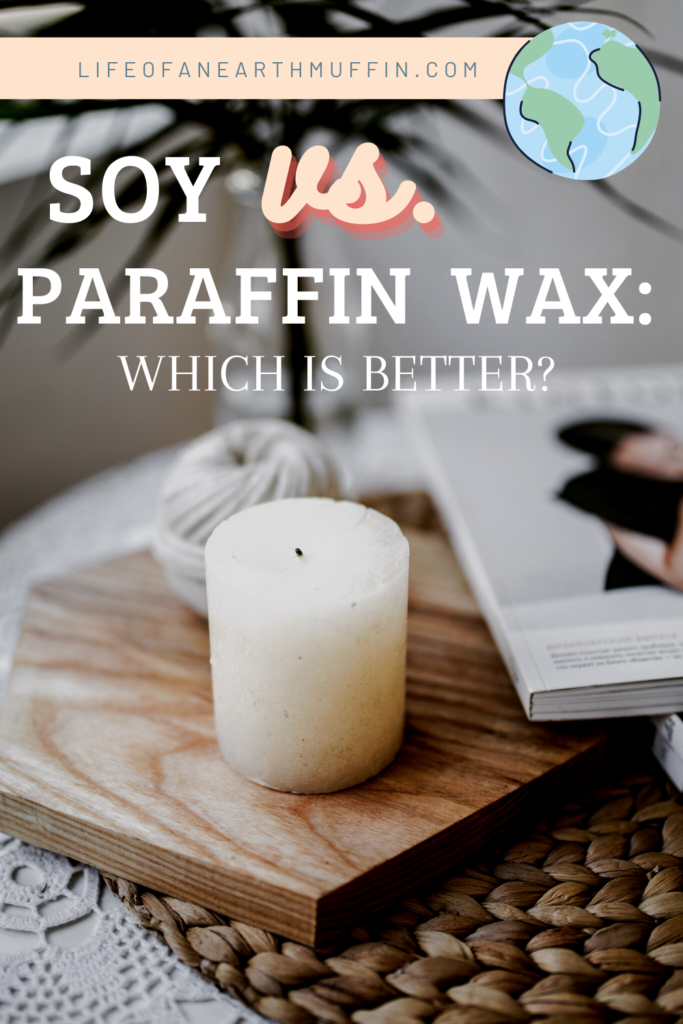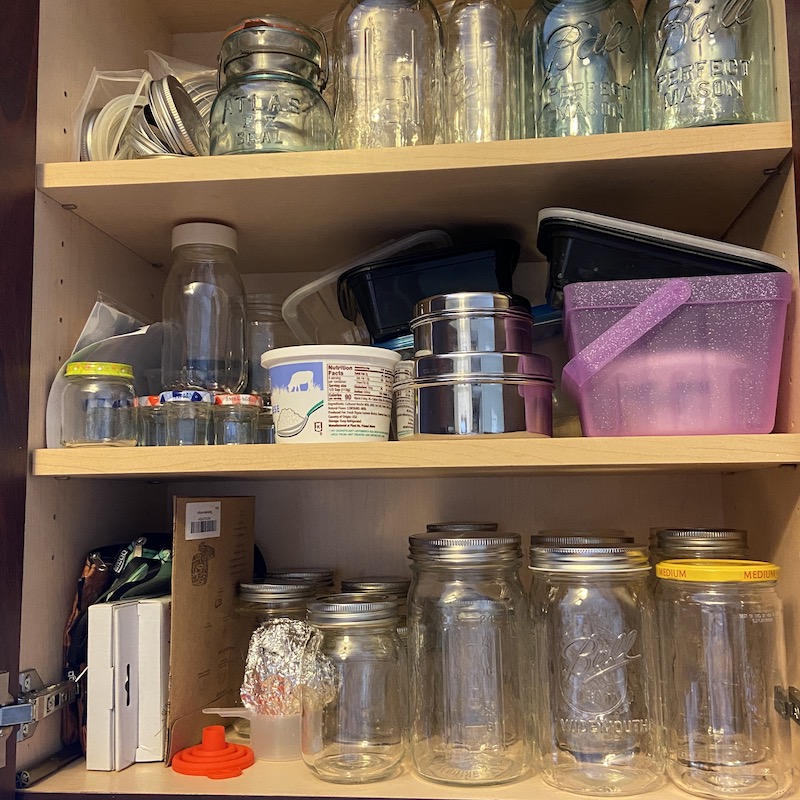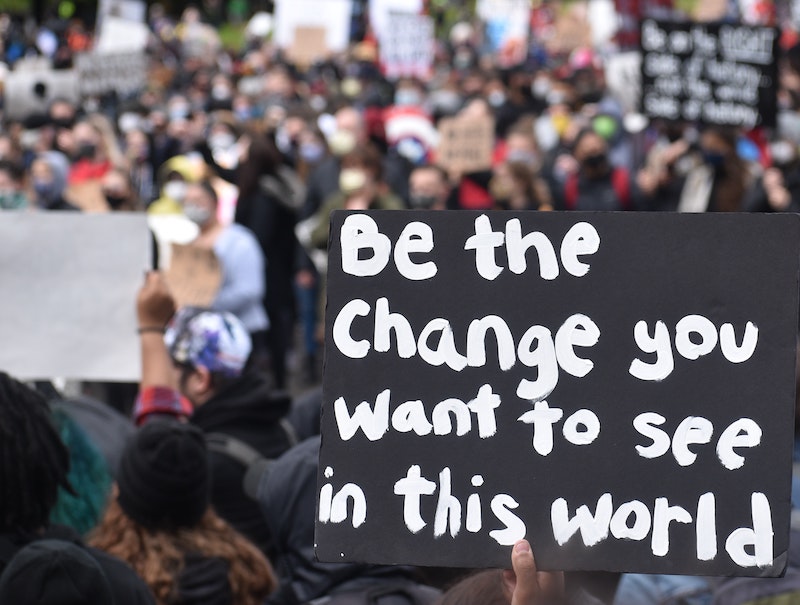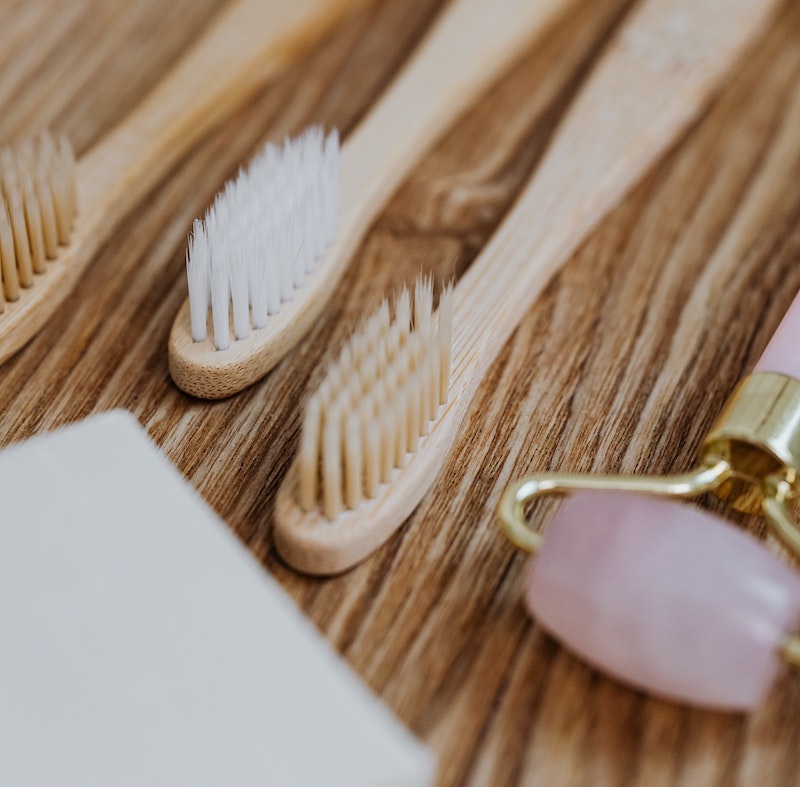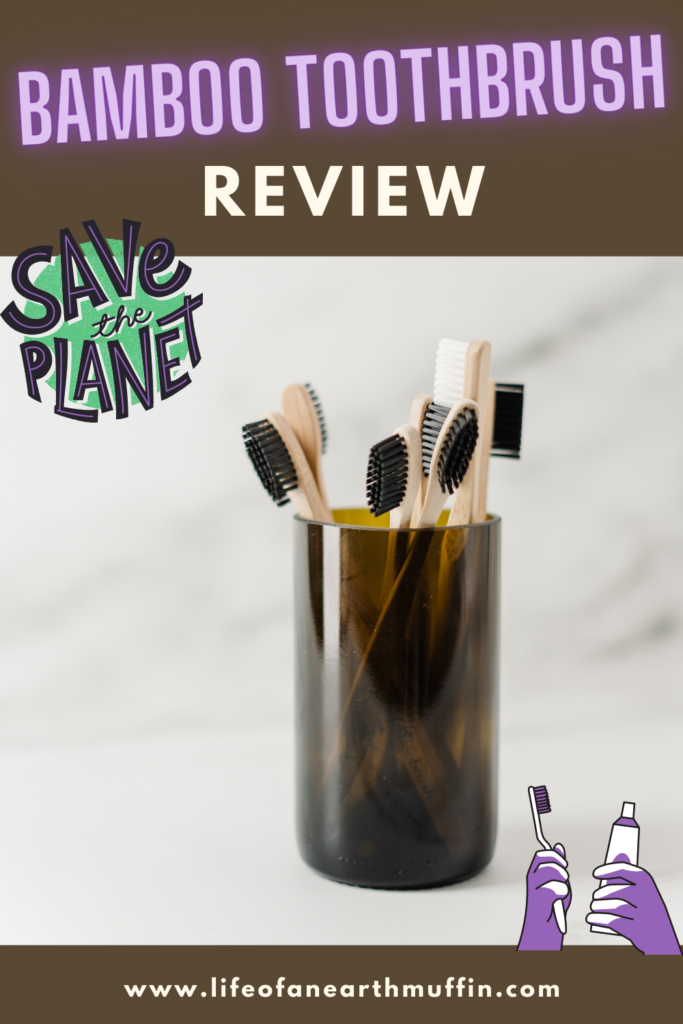Hey earth muffins! Last month I shared a review on the Bearaby Tree Napper weighted blanket. After posting that, I found a company called Nuzzie that also makes knit weighted blankets… My boyfriend had been jealous of my weighted blanket, so I got him a Nuzzie for us both to try out! 😊 Weighted blankets are awesome because they have a bunch of benefits. From reducing stress hormones to helping you get a better night’s sleep, what’s not to love? Let’s jump right into my Nuzzie weighted blanket review!
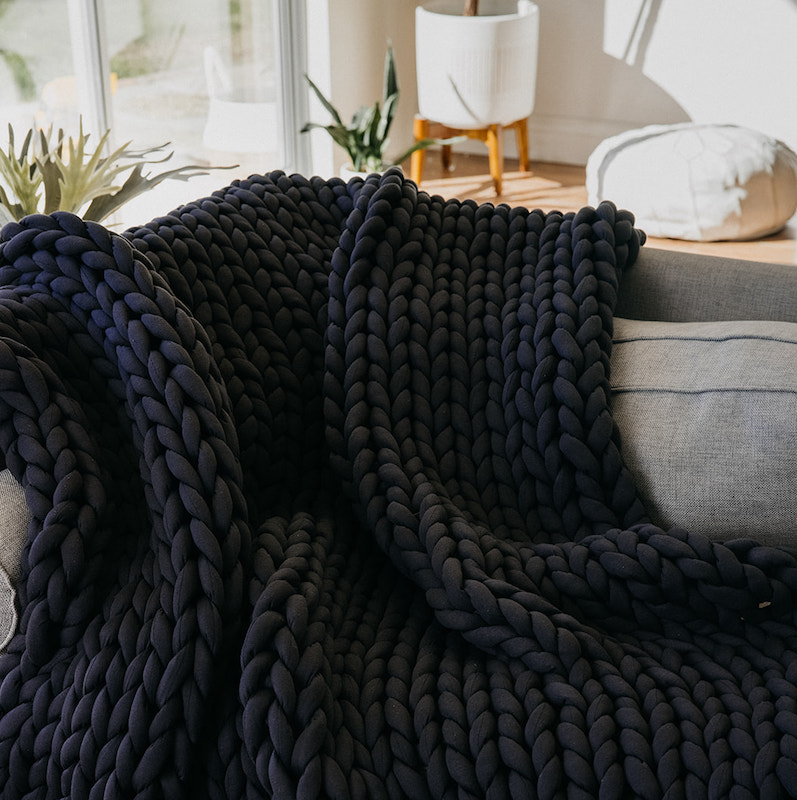
What I Love About My Nuzzie
First off, I love that this blanket is made from weighted yarn that is OEKO-TEX certified. The OEKO-TEX certification allows consumers to identify products that are more sustainable than others on the market. On top of this, the blanket is super soft to the touch! I absolutely love when things are soft, as it makes it feel even more cozy. I’ve definitely purchased clothes based on touch before… 😬 But there is nothing wrong with that!
The weight of this blanket is great as well. My boyfriend and I picked out the 15 pound, knit blanket. It is recommended that your weighted blanket is about 10% your body weight, and we haven’t found that the blanket is too heavy. The knit weave of the blanket is also great because it allows for a cooling effect – no sweaty nights in bed! We also noticed that the weight is distributed evenly throughout the weighted yarn.
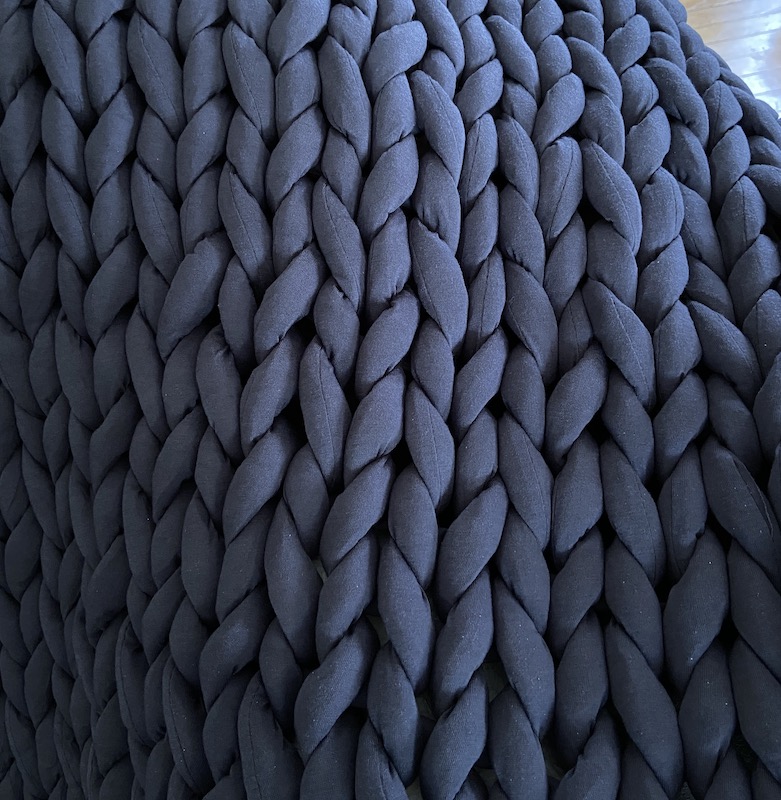
If you want to match your weighted blanket to your bedroom, you are in luck! This Nuzzie weighted blanket review would be incomplete if I didn’t mention the color range. There are 7 different colors of these knit blankets ranging from red to white to gray (like the one we picked). It is always great to have some options when buying a blanket that will last many years. In addition, this is helpful if someone is prone to spilling things when they are relaxing in bed… We decided to buy a darker color for just that reason. 😅
Lastly, I obviously need to mention that the Nuzzie helps with my anxiety. I am pretty new to the weighted blanket space, but I’m amazed that a blanket can help with reducing my stress. I’ve always been an anxious person; I tend to wake up in the morning with my mind racing with work to-dos. After using a weighted blanket, my mind isn’t racing as much in the mornings. Such an awesome pro to this product!
What I Dislike about my Nuzzie
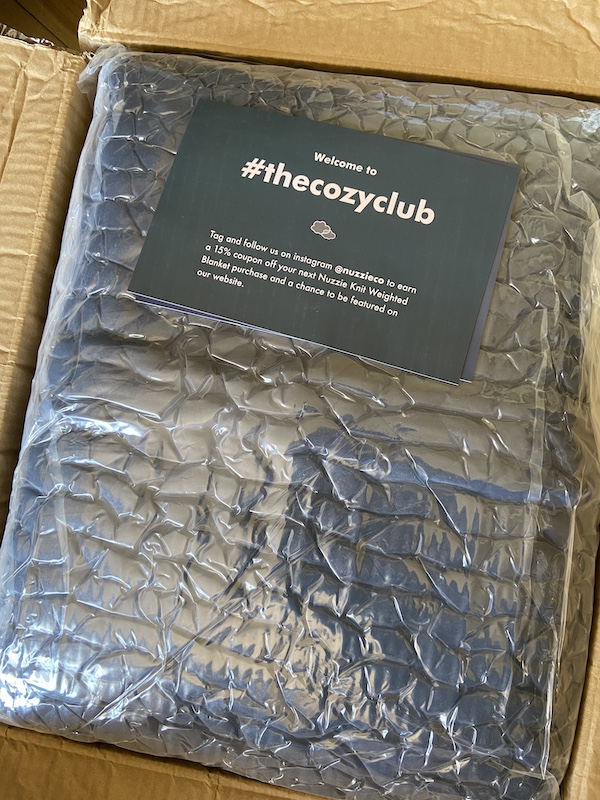
The biggest thing that disappointed me was how the Nuzzie was packaged. The website advertises it as a “sustainable” product. But, it came in a crap ton of packaging. It was vacuum sealed in not one but two plastic bags, put into a cardboard box that was taped up with a bunch of plastic tape, and then put into a second cardboard box before it arrived at my door. Compared to the Bearaby weighted blanket, this was a ton more wasteful packaging. Is the website greenwashing the fact that the product is sustainable? Maybe (but maybe not)… I can understand vacuum sealing if it reduces the impact while shipping, but their website doesn’t really explain their sustainable claims. Overall, I was just disappointed that a product I thought was sustainable wasn’t actually as sustainable as it was claimed to be.
I also have to mention price in this Nuzzie weighted blanket review. As I say in many of my sustainable product reviews, it is pricier than the average product. A full sized, 15 pound blanket will cost you $225. This is cheaper than the Bearaby blanket, but I would definitely still classify it as “pricey”. Plus, I think this blanket is slightly less expensive than the Bearaby because it isn’t as sustainable as Bearaby is… Overall, it is important to realize that “sustainable” products are often more expensive than others in the market.
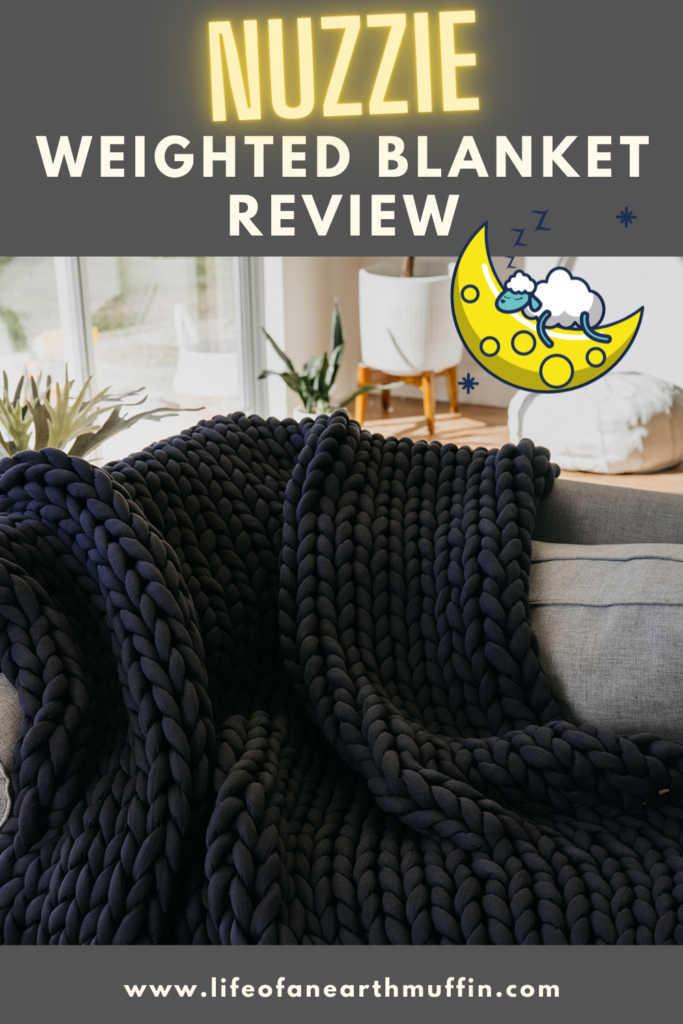
Conclusion: Nuzzie Weighted Blanket Review
Overall, I would highly recommend getting yourself some sort of weighted blanket. I’ve found that they are super helpful in reducing my stressors at night! The Nuzzie is super soft to the touch and has good weight distribution. Plus, there are a ton of different colors to choose from. While it was disappointing in terms of packaging, I think it is still an option for those looking to purchase a weighted blanket in the future. Have you gotten a weighted blanket yet?
Love,
Jenna ♥


